Night Stalker Helicopters Train To Defend Strategic Alaskan Island
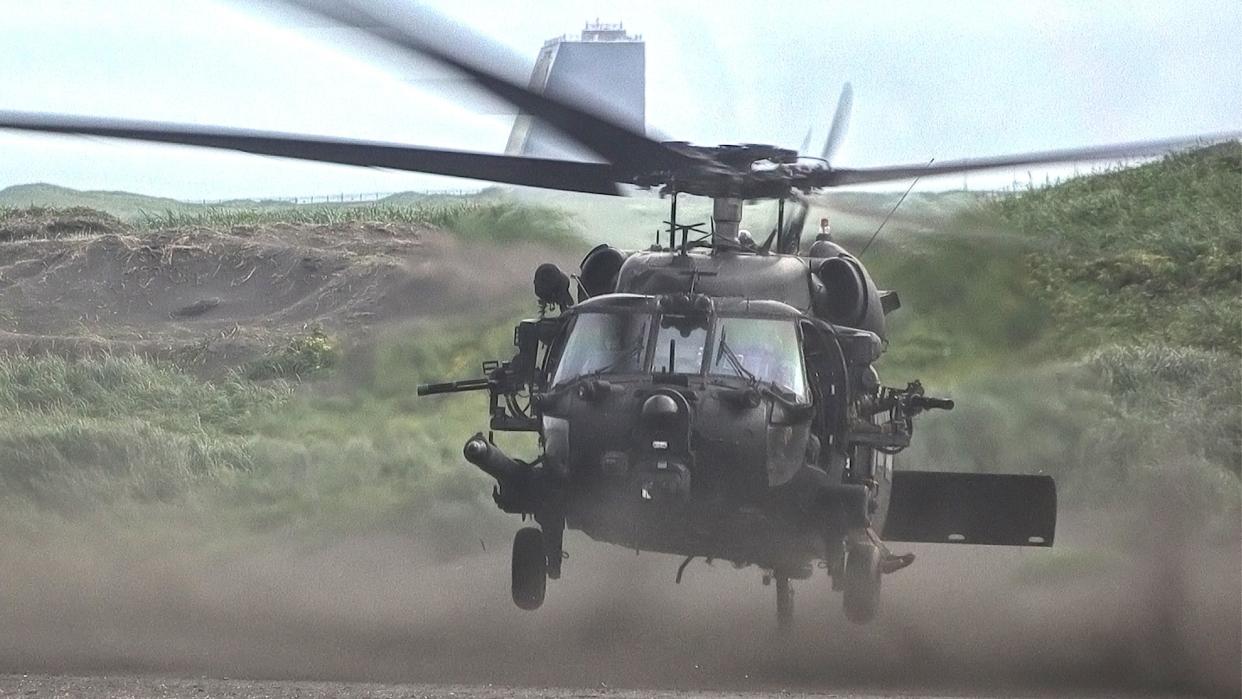
Elements of the U.S. Army's elite 160th Special Operation Aviation Regiment, also known as the Night Stalkers, recently trained to help defend Alaska's Shemya Island. This is a highly strategic outpost in the Aleutian Islands in the northern Pacific that hosts the huge AN/FPS-108 Cobra Dane early warning and missile tracking radar and an airfield with a 10,000-foot-long runway. Shemya is also located in an area that is a gateway to the increasingly important Arctic region and would likely be a major target in any future high-end conflict against a near-peer competitor like China or Russia.
Special Operations Command North (SOCNORTH) released pictures today of personnel from the 160th Special Operation Aviation Regiment (SOAR), as well as at least two MH-60M Black Hawk helicopters, training on Shemya earlier this month as part of an exercise nicknamed Polar Dagger. SOCNORTH oversees all U.S. special operations activities in and around the United States, Canada, and Mexico.
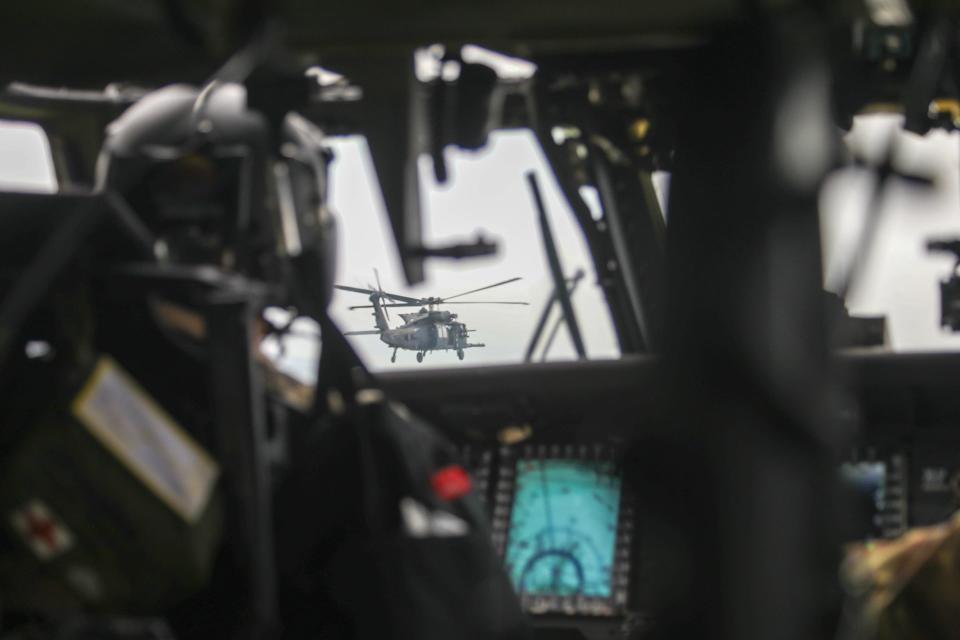
Polar Dagger offered special operations forces, including the 160th SOAR, an opportunity to "demonstrate operational reach, ... [and the ability of U.S. forces] to defend critical infrastructure, enhance all-domain awareness, and strengthen our understanding of activity in the Arctic," a caption accompanying one of the pictures explained. Beyond that, Polar Dagger "is a demonstration of rapidly deployable SOF [special operations forces] capabilities in the Arctic and Subarctic regions."
The pictures show that a U.S. Air Force C-17A Globemaster III cargo aircraft brought members of the 160th SOAR, as well as other materiel, to Shemya's Eareckson Air Station for Polar Dagger. This facility was previously known as Shemya Air Force Base.

It's not clear whether the 160th's Black Hawks, which are capable of refueling in mid-air, self-deployed to Eareckson or were brought in on C-17s. It would have been a lengthy ferry flight, even with stops, for the helicopters to get to Shemya directly themselves, as the island is some 1,000 miles from mainland Alaska. It's actually closer to Russia (the Kamchatka Peninsula is around 500 miles to the west).
In addition, the weather in this part of the world can be notoriously bad and options for where to land elsewhere in the Aleutians along the way in the event of an emergency or for any other reason would have been limited. Of course, challenging long-duration flights in unforgiving environments are a key part of the Night Stalkers' repertoire and the unit has a long history of successfully executing these kinds of missions. They are most famous for flying SEAL Team Six operators in to Pakistan to take out Bin Laden.
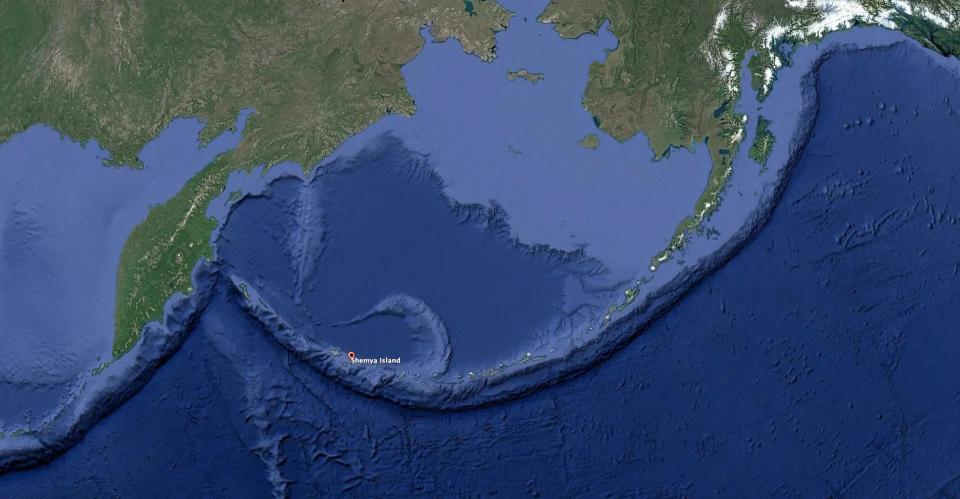
Regardless of how they got there, in various contingency scenarios, having helicopters forward-deployed on Shemya could be very useful. Though the island is relatively small, just around 4 miles across at its longest, they could still rapidly move forces around to where they might be needed most.
Helicopters on Shemya could be used to move personnel and materiel to and from sites on neighboring islands, or be positioned to support operations should enemy forces appear elsewhere near the Aleutians. For instance, Attu Island, the westernmost island in the Aleutians, is just 50 miles or so to the west of Shemya. Though largely forgotten now, Attu and nearby Kiska Island were occupied by Imperial Japanese forces during World War II, underscoring the region's strategic significance.
A helicopter force including elements of the 160th SOAR at Eareckson could provide additional forward-deployed combat search and rescue (CSAR) capacity during a major conflict. Though some of the facilities at the airfield on Shemya has seen diminished use since the end of the Cold War, it is well maintained and is available to support various contingency scenarios.
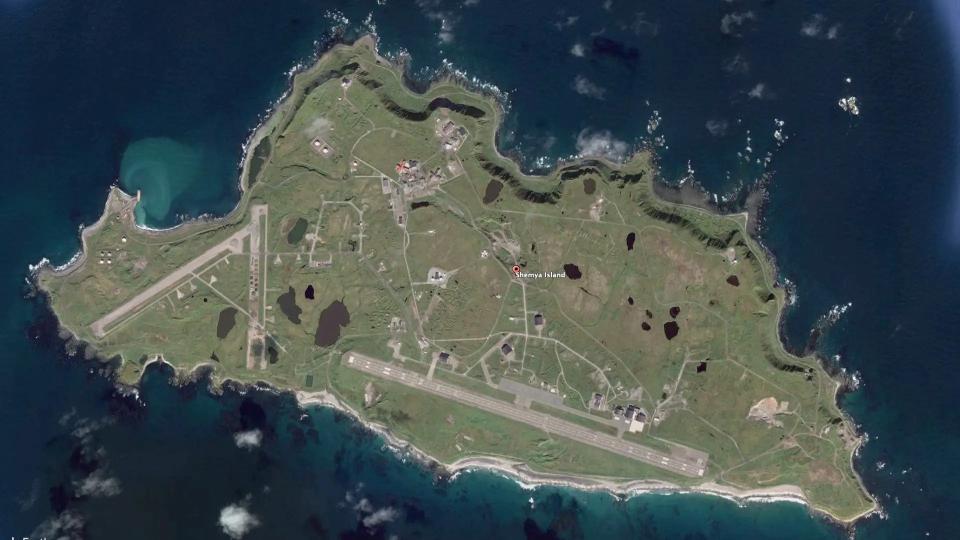
When it comes to the 160th's MH-60Ms more specifically, which have significant additional sensor capabilities, these helicopters could be valuable for conducting reconnaissance and surveillance missions and just providing general situational awareness while conducting operations from Eareckson. Depending on how the helicopters might be configured, they might be able to provide a more robust direct action capability against various threats, including enemy special operations raiding parties.
The pictures of the MH-60Ms taking part in Polar Dagger show them configured as assault transport helicopters, each with a pair of 7.62x51mm M134 Miniguns. However, the 160th's MH-60Ms can be set up as so-called Direct Action Penetrators (DAP) with stub wings capable of carrying other kinds of ordinance, including 30mm automatic cannons, 70mm rockets (including precision laser-guided types), and AGM-114 Hellfire air-to-surface missiles.

The 160th's Black Hawks participating in Polar Dagger also notably feature Common Infrared Countermeasures (CIRCM) systems in addition to launchers for infrared decoy flares and radar-confusing chaff. CIRCM is a directional infrared countermeasures system that the U.S. Army has been adding to all of its major helicopter types in recent years. It uses lasers, projected through one of two turreted beam directors, to blind and confuse the seekers on infrared-homing surface-to-air missiles. This is the guidance method utilized by most shoulder-fired surface-to-air missiles, also known as man-portable air defense systems (MANPADS).
https://www.youtube.com/watch?v=poTn9fFGiDQ
The CIRCM installation on the Black Hawk has the turrets installed on top of and below the central fuselage. The system is designed to cue the turrets to incoming threats using existing missile warning sensors already installed on the helicopter.
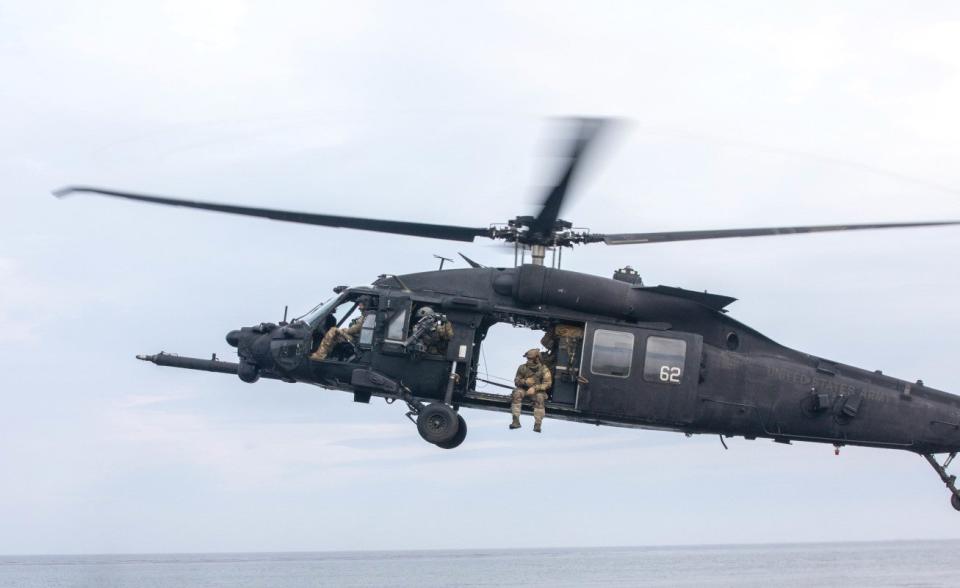
Just having any additional options for bolstering the defense of Shemya could be useful in a major crisis. In particular, the presence of the Cobra Dane radar, which is primarily designed to keep watch for incoming ballistic missiles and has received new upgrades in recent years, would likely make the island a primary target in a high-end fight against Russia or China.
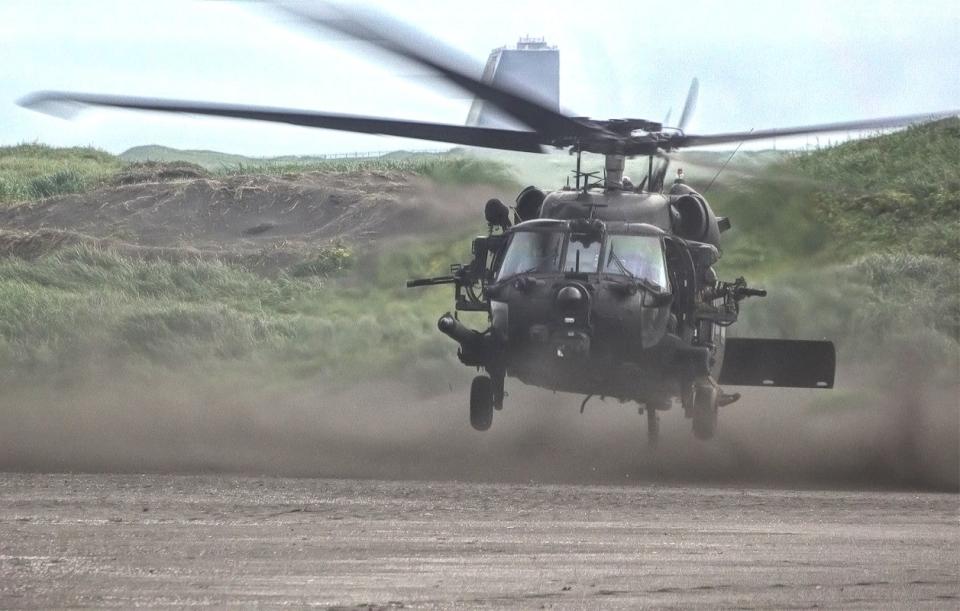
As already noted, Eareckson's 10,000-foot-long runway is not as heavily used today — it is best known as a divert option for aircraft flying through this remote area — as it was during the Cold War, when it regularly served as a staging point for sorties by U.S. Air Force RC-135 spy planes scooping up intelligence about the Soviet Union. However, it is still another very significant piece of infrastructure that could be used as a forward operating base, divert location, or lily pad for operations elsewhere. As it exists now, it already has the space to accommodate an appreciable force package that could include larger aircraft types, and offer them staging point then for long-range sorties elsewhere in the Pacific. This could be especially relevant if other larger, more established bases have been heavily targeted.
Concerns that major U.S. air bases and other facilities could be quickly put out of action in the opening phases of a major conflict, particularly one against China with its large and still-growing arsenal of cruise, ballistic, and now hypersonic missiles, is pushing the U.S. military more and more toward new distributed concepts of operations.
In 2021, the U.S.-Canadian North American Aerospace Defense Command (NORAD) shared photos of F-16 Viper fighters from the Alaska-based 18th Aggressor Squadron, which has a homeland defense mission in addition to its training support duties, on Shemya. This highlights how the island could serve as an important outstation for U.S. forces in a future conflict. It's close proximity to Russia and how it sits atop the North Pacific, would make it a critical air defense location, with fighters likely be deployed there to protect the U.S. interests in the region. The runway is equipped with two arresting gear systems to support fighter operations, both for diversion purposes and for forward deployments.
https://twitter.com/NORADCommand/status/1450907659448684544
In another recent and relevant example of this, the U.S. Air Force demonstrated the ability of a B-2 bomber to conduct a strike near Alaska after flying all the way from Iceland earlier this month, as you can read more about here.
U.S. special operations forces do have inherent rapid deployment capabilities and train regularly to conduct such operations in remote and austere locations, which does make them well-suited to quickly reinforcing locations like Shemya.
In 2021, Army Special Forces soldiers, or Green Berets, assigned to SOCNORTH took part in another exercise nicknamed Noble Defender 2021, which was led by NORAD. They were tasked, in part, with defending Shemya and demonstrated their ability to deploy to the island from the sea. The Green Berets also notably brought Stinger MANPADS with them, providing a localized air defense capability, including against the ever-growing threat of drones.
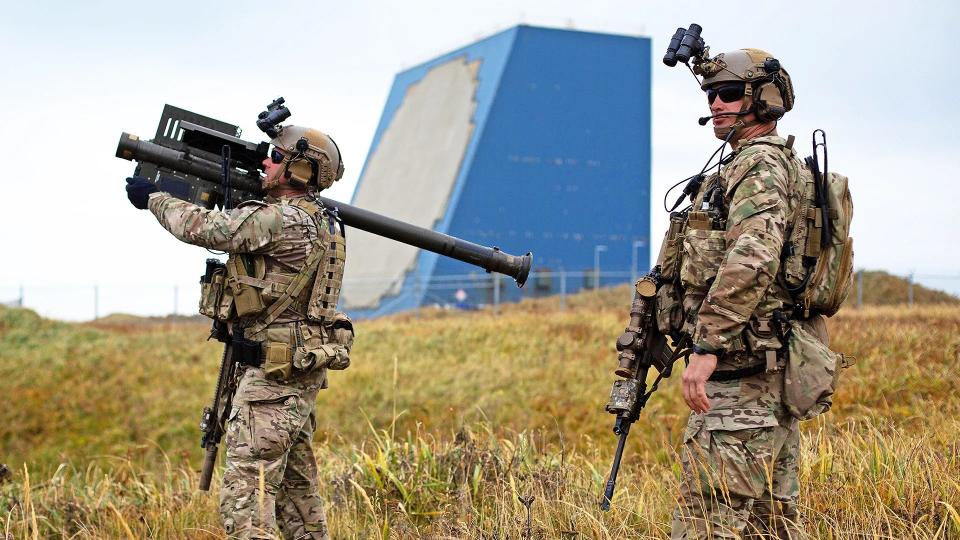
Shemya could have a role to play in a more limited conflict in or around the ever-more strategic Arctic, as well. As global climate change has caused polar ice to recede, it has opened up new arenas for competition in the region over resources, from oil and natural gas to fish, as well as trade routes. As a byproduct of this, together with the geopolitical landscape, there has been a notable uptick in Russian and Chinese military activity around Alaska in the past few years, sometimes involving both of those countries operating together.
The U.S. military has placed new emphasis on Alaska, as a whole, in recent years as a result of these realities. This has included major construction to expand multiple Air Force facilities in the state, discussions about expanding the Navy's footprint there, and an overall of the U.S. Army force posture in the region.
American bases elsewhere across the Pacific have also been receiving upgrades and expansions in recent years for the same general reasons. This includes the strategic U.S. island territory of Guam in the western Pacific, which is set to get major air and missile defense improvements in the coming years that will turn it into a veritable fortress, as you can learn more about here.
It would not be surprising to see Shemya receive new defenses in the coming years, as well, though not to the same level as Guam.
Altogether, the strategic significance of Shemya, with its Cobra Dane Radar and airfield, has clearly re-emerged, as has the need to be able to protect it from a variety of threats. U.S. special operations, including helicopters from the Army's 160th SOAR, look to be increasingly important components of those defense plans.
Contact the author: joe@thedrive.com

